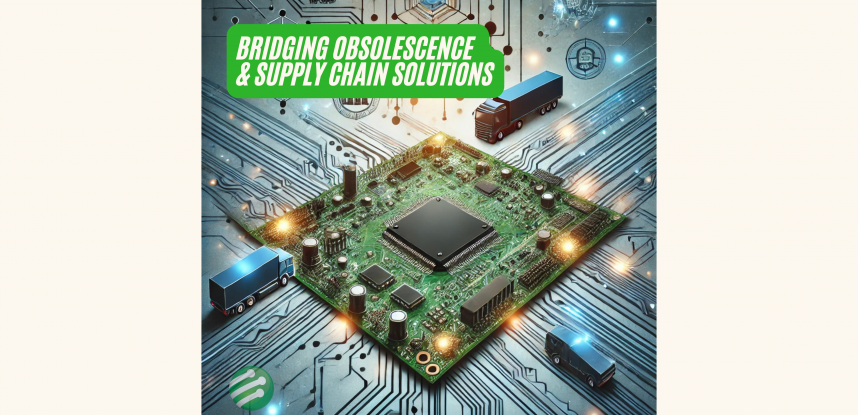Understanding and Mitigating Obsolescence Risks in Embedded Systems
Electronics obsolescence is an inevitable and fundamental problem that many manufacturers and end-users face daily with their embedded systems. But it doesn’t have to be a big challenge–proper planning and support can help you save a lot of time, money, and effort that would otherwise be wasted trying to ‘manage’ obsolescence risk when it’s such a big problem that you can’t ignore.

The Risks
Any embedded electronic system comes with the inevitable risk of obsolescence. Individual components within the system become discontinued or obsolete in the face of the ever-changing landscape of technology. The materials needed to repair or replace worn or damaged components become increasingly difficult to source reliably. The manufacturer eventually stops making the product you need, and essential technical documentation is lost in the shuffle of new product development and internal company changes.
This can happen within just a few years of launching the system. That’s how fast the high-tech industries are moving. In some industries, like aerospace and defense, where a long certification and inspection process is required for critical embedded systems, half of the system’s components will likely be discontinued by the time it’s put in place. Even in other industries, many embedded electronic systems experience difficulties with obsolete components just a few short years after they’ve been launched.
The problem is that many of these embedded electronic systems are needed for several years, even decades. And if individual parts of the system, or even the whole system itself, become obsolete in just a few years, maintaining those systems can become difficult as time goes on. The supply chain for the different components will inevitably break down. OEMs will discontinue their products, and finding viable replacements will become nearly impossible.

The Traditional Approach to Mitigating Obsolescence
The rate at which components become obsolete results in many problems when it comes to keeping your systems running. Repairs and maintenance will always be necessary at some point, but if the original manufacturer isn’t making the parts and doesn’t have any backstock, you could be forced to go to a non-franchised supplier, if you can find the parts you need at all.
If feasible, updating or fully upgrading the system is always an option–but with how quickly technology is adapting and evolving, the proffered upgrades of individual hardware or software components may not be form, fit, and functionally compatible with your existing system. At worst, you may need to throw the system out entirely and start over–at this point, you’ll just be caught in a cycle of repeatedly dealing with the same problem. Plus, if you’re working with an embedded system that has to undergo an extensive certification process, those upgrades will also have to go through that process before they can be launched–which often can take a year at least, or far more if you’re unlucky.

Breaking the Cycle of Costly Obsolescence Management
There are other options for tackling obsolescence risks–it doesn’t have to be an elephant in the room that everyone ignores until it’s so big that it has to be addressed. The most important thing you can do is plan for the day when critical components of your embedded systems become obsolete.
If you’re dealing with it now, there are other options beyond an expensive, time-consuming upgrade. Legacy equipment manufacturers (LEMs) specialize in making, maintaining, and sustaining discontinued products. They will help rebuild and secure the supply chains that support these old electronics components, work with the OEM to find alternate, more cost-efficient options to support your systems, and even help you plan for the future so that when obsolescence inevitably knocks on your door, you’re already equipped to handle it.




